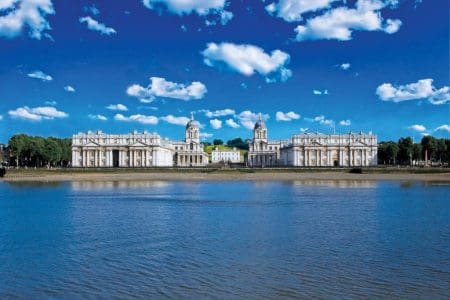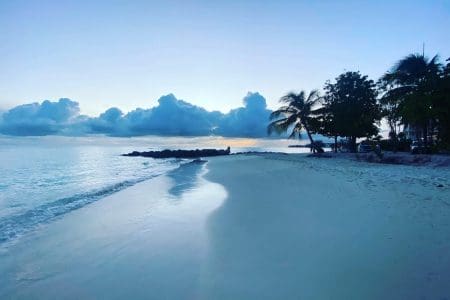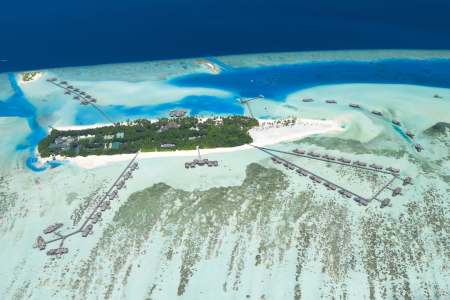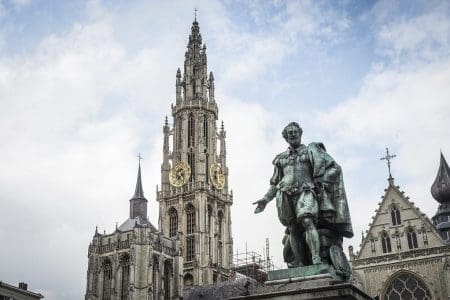Roger Hermiston and Eileen Wise discover the cultural things to do in Venice and Lake Como Italy, from the great art and history to the wonderful cuisine.
From Naples in the south to Milan in the far north – with Rome, Sienna and Florence in between – we’ve enjoyed the delights of Italy’s great cities. However, incomprehensibly, we had never before visited Venice. Yet somehow we felt we knew it intimately, through the paintings of Canaletto, the evocative novels of Donna Leon, and the numerous appearances of La Serenissima on screen – most memorably Dirk Bogarde as Thomas Mann’s obsessive writer Gustav von Aschenbach prowling around Lido island in Death in Venice, and Donald Sutherland racing across bridges and down alleyways in pursuit of the sinister red-coated figure in the adaptation of Daphne du Maurier’s short story Don’t Look Now.
But nothing quite prepares you for the real thing. We started off in style, stepping off the plane at Marco Polo Venice airport and promptly boarding a high-speed water taxi – a motoscafi – for an exhilarating four-mile journey across the lagoon, slowing down once we had reached the outskirts of Venice City to savour the sights in a fabulous half-hour glide down its principal, winding waterway, the Canal Grande.
As our pilot navigated his way skillfully through busy traffic – populated by sturdier water buses, the famous gondolas and a myriad of smaller pleasure boats – we gazed upwards at the faded grandeur of the palazzos on either bank, glanced across to the narrow watery streets with their little iconic bridges, and simply drank in the views of this geographical and architectural marvel that forever seems rooted in a more handsome age.
Giudecca – Hilton Molino Stucky Venice
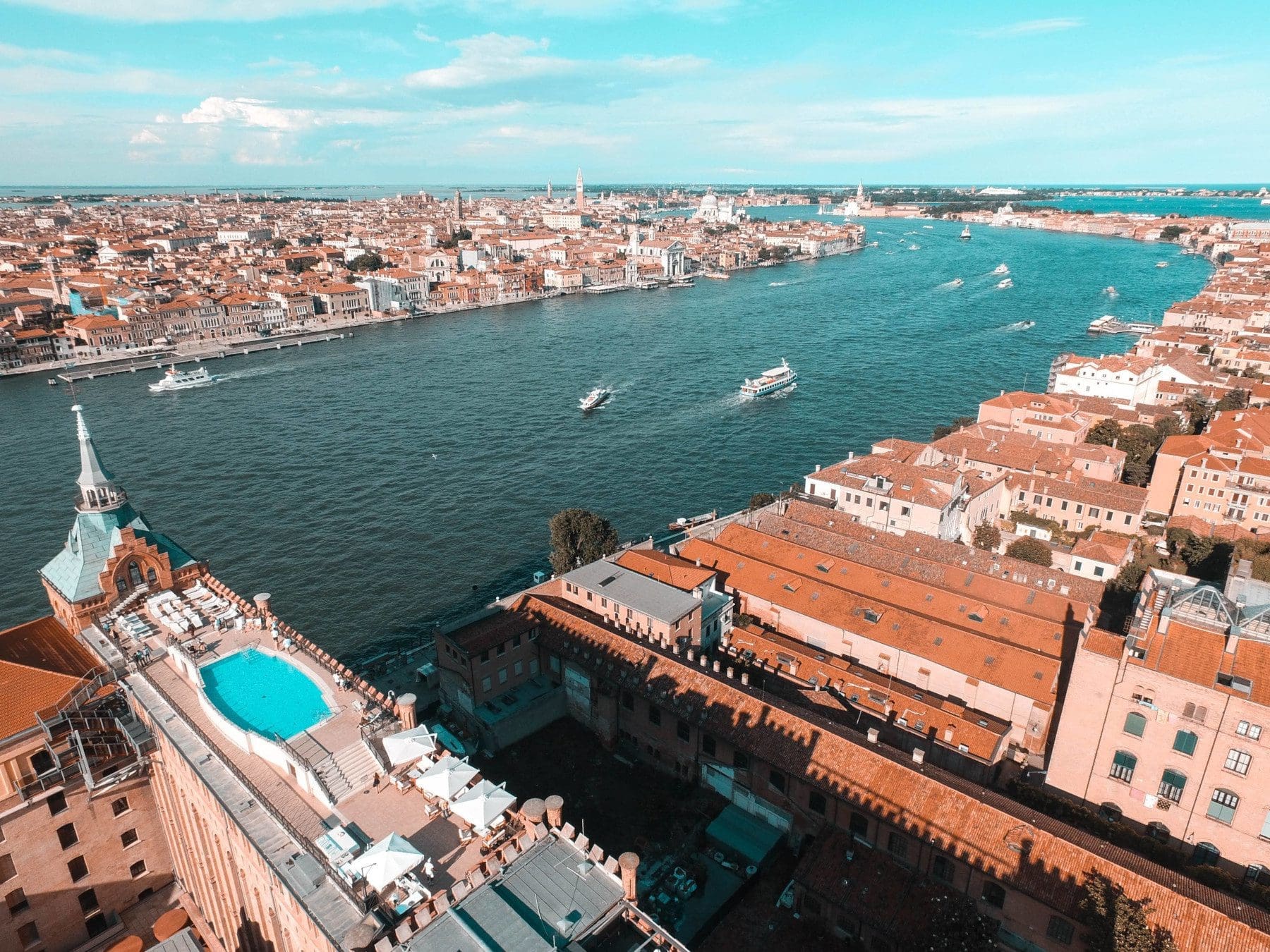
Our destination was the island of Giudecca, in splendid isolation but just a short distance across the Canale della Giudecca from the main city ‘drag’. Here was our resting place for the next three nights – the Hilton Molino Stucky, once one of Venice’s most important industrial buildings (a flourishing flour mill in the 19th and early 20th centuries) but now, since 2007, a five-star hotel featuring 379 impressive rooms and suites.
A huge imposing building with a neo-Gothic façade and tower, this is a stylish, luxurious and very modern elite hotel. But it also takes pride in its past and the building’s key place in the history of the city; a fascinating display of black and white photographs cover one wall downstairs, chronicling the life and times of the man who gives his name to the hotel.
Giovanni Stucky
Swiss-born Giovanni Stucky was an industrial engineer, entrepreneur and patron of the arts (he helped build up the Biennale, Venice’s still famous modern arts exhibition, which was taking place on our visit). He first established his flour mill in 1884, which in its heyday employed 1,500 workers and was responsible, amongst other things, for producing the internationally-acclaimed Molino Stucky Super Pasta. Achieving great wealth through his mill, Signor Stucky bought the grandest palace in Venice, the Palazzo Grassi, in 1908, but could only enjoy it briefly because in May 1910, while walking through the city’s Santa Lucia railway station, he was murdered with a razor blade by a disgruntled former employee.
A colourful past then – and certainly a vibrant present. The Hilton Molino Stucky is a busy, lively establishment clearly in great demand post-pandemic, a haven across the water after a day’s walking around Piazza San Marco and beyond.
Room with a View
We enjoyed a deluxe room with the most thrilling canal-facing view, the beautiful panorama of the houses and churches of southern coast of the main island laid out before us, while the quietly chugging boat traffic in the water were a constant source of fascination. Our king-sized bed was immediately nap-inducing, while when we needed to be up and about the stylish marbled bathroom contained the most invigorating waterfall shower.
On our first night we headed up to the hotel’s Skyline Rooftop Bar to sip a cocktail – what else but a Bellini, for Venice is its home – and take in yet more sumptuous views of the city and the lagoon. The swimming pool here is in great demand, but offers a welcome cooldown after a day pounding the streets.
Dining at the Hilton Molino Stucky Venice
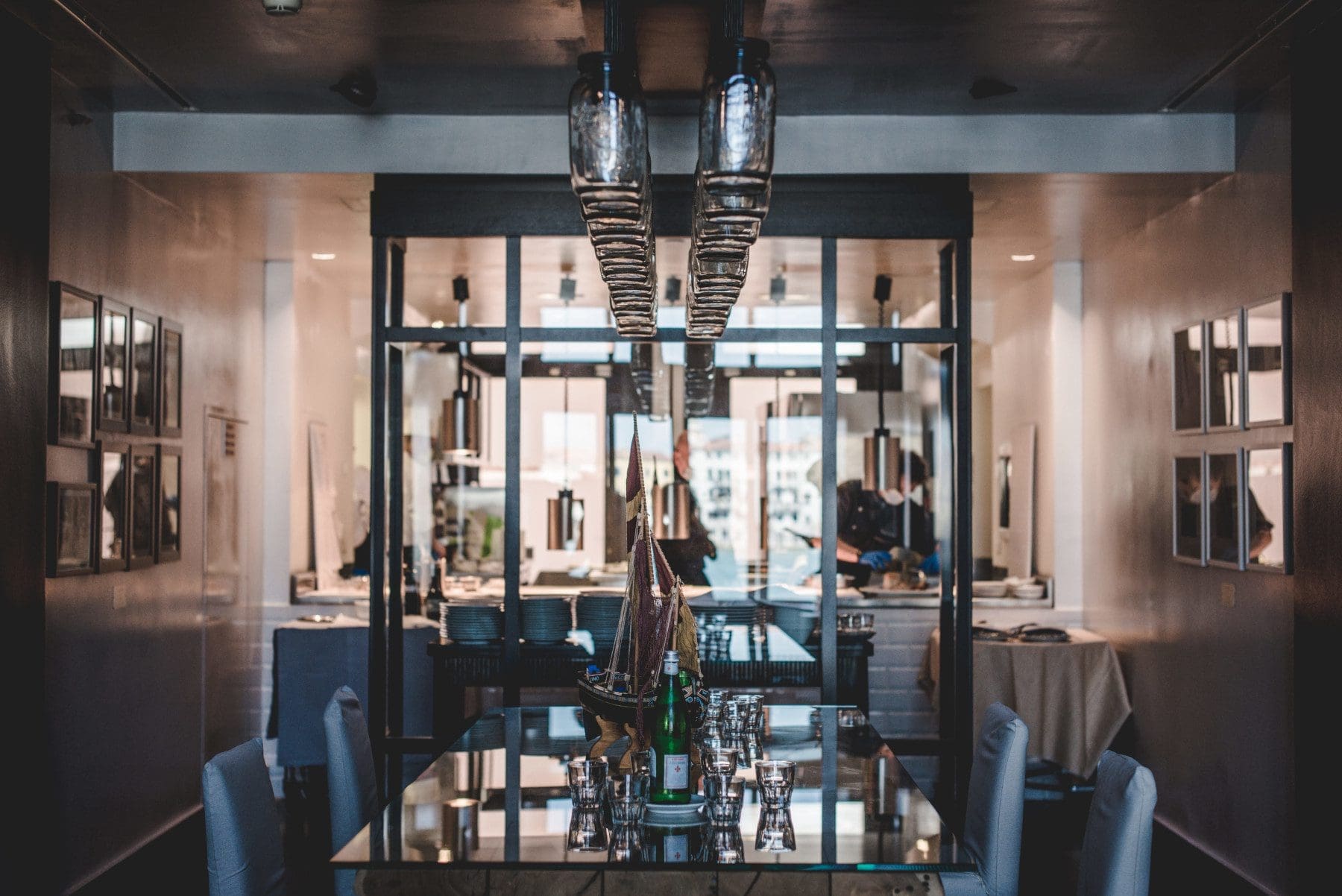
Hotel eateries can be devoid of atmosphere and the food lacking a little in character. Not so the Hilton Molino Stucky with its exceptional Aromi restaurant, whose courtyard by the water we sat in as dusk approached, enjoying our meal while watching the fierce, bright orange sun on our left slowly sink behind one of the city’s sublime churches.
A rich and varied menu made for tough decisions. Eventually the aubergine bites with hummus and Hungarian paprika made the starter, followed by a first course of rigatoni pasta with duck ragout, foie grass parfait and citrus fruits. Nicely complementing these for the main course was the superb steamed black codfish with wasabi gratin.
Our waiter helped us choose a local white wine, and service at Aromi was most impressive. But then it was in all areas at the Hilton Molino Stucky, with the front desk and the concierges most helpful in answering queries and passing on their local knowledge.
Things to Do in Venice Italy

Three days and three nights in this city of such resonant history means merely skimming the surface of available experiences. The main pastime is just getting to know it by wending your way through the labyrinth of narrow streets and alleyways and over some of its 391 bridges, a delightful square with an accompanying beautiful church invariably awaiting you around the next corner.
The latter provides you with a cool refuge from the baking sun and the crowds – and always there is an exceptional piece of artwork to appreciate. The 16th century Venetian School may not have rivalled its Florentine counterpart, but there is much to admire in its characteristically rich colouring, its emphasis on patterns and surfaces, and its strong interest in the effects of light.
Art in Venice
Titian was the ‘most lordly of Venetian painters’, but in the city’s churches you are more likely to see the canvases of Jacopo Tintoretto, large-scale narratives on religious themes. On a welcome ‘pit stop’ in the large San Silvestro church in the Rialto district we viewed one such splendid painting, ‘A Baptism of Christ’.
But high-class painting of the more recent, abstract variety is also on show in the Guggenheim collection in the long, low Palazzo Venier dei Leoni (an unfinished 18th century building, originally meant to be five storeys high) on the eastern stretch of the Canal Grande. Here Peggy Guggenheim, a discerning patron of the arts, moved in after the war and began to assemble her remarkable collection of modernist art.
Picasso, Braque, Chagall, Pollock and Ernst are all represented here. Perhaps the highlight was Salvador Dali’s characteristic floating shapes in Uranium and Atomica Melancholica Idyll (1945), which invokes a nightmarish world after the nuclear bombs dropped on Hiroshima and Nagasaki.
Teatro La Fenice

To round off our cultural journey around the city, we headed west of Piazza San Marco to Campo San Fantin, and the Teatro La Fenice. This gorgeous opera house – a luxuriant fusion of gilt, plush and stucco – was the setting for a murder backstage in Donna Leon’s novel Death at La Fenice, the first (of many) outings for her world weary detective Guido Brunetti.
Mercifully no crime scene to observe on our tour, but we were fortunate to stumble onto a fascinating exhibition about Maria Callas, one of La Fenice’s greatest ever singers. It was through performances here that Callas shifted her reputation as a Wagnerian voice to a masterful interpreter of Italian opera. Bills (mainly from the 1950s), photographs and a striking portrait of the diva adorned the walls.
Ghetto in Venice
It’s easy to be detained by the attractions of the city’s central areas, San Marco and San Polo, but we had two wider trips to make. Firstly we walked to the less well-trodden north-western district of Cannaregio, to visit Ghetto. The word is of course commonly associated with the forced enclosure of Jews in World War Two – but it actually originated here in Venice in 1516, when the governors defied an order from the Pope to expel all Jews from the city and instead opted to effectively lock them into the small enclave of Ghetto for their safety.
It’s still home to a small community of Jews, and the quietly atmospheric, expansive main square – Camp di Ghetto Nuovo – which is surrounded by buildings unusually tall for Venice, boasts a good café, a few shops and an excellent museum. And on one side of the square there are a series of poignant bronze bas-relief panels made by the Jewish artist Arbit Blatas, depicting various aspects of the Holocaust – deportation, forced labour, and executions. By the time the Nazis arrived in September 1943 many Venetian Jews had fled, but 150 were rounded up and sent to concentration camps.
Murano Glass Blowing
Our final excursion took us away from the centre to the northern island of Murano, home to Venice’s famous glass blowing industry since the 13th century, and today the city’s sole surviving industrial complex. Here we sat down in the workshop to watch a demonstration of this ancient skill from apprentice master craftsman Sancho, watching him extract the melted mineral sands from a fiery 1200 degree centigrade furnace and then, remarkably, within a minute or so, twist and sculpt the molten material into the shape of a prancing horse.
We had packed a lot into our three days in the watery city, but it was time to take the train west to Como for the second half of our trip. If Mussolini was famously supposed to have ensured the trains ran on time, his more democratic successors certainly appear to know how to run a fast, efficient modern-day railway system, featuring trains with bright, clean, spacious carriages. We thoroughly enjoyed our four-hour scenic trip via Padua, Verona, Brescia and Milan.
Lake Como Italy
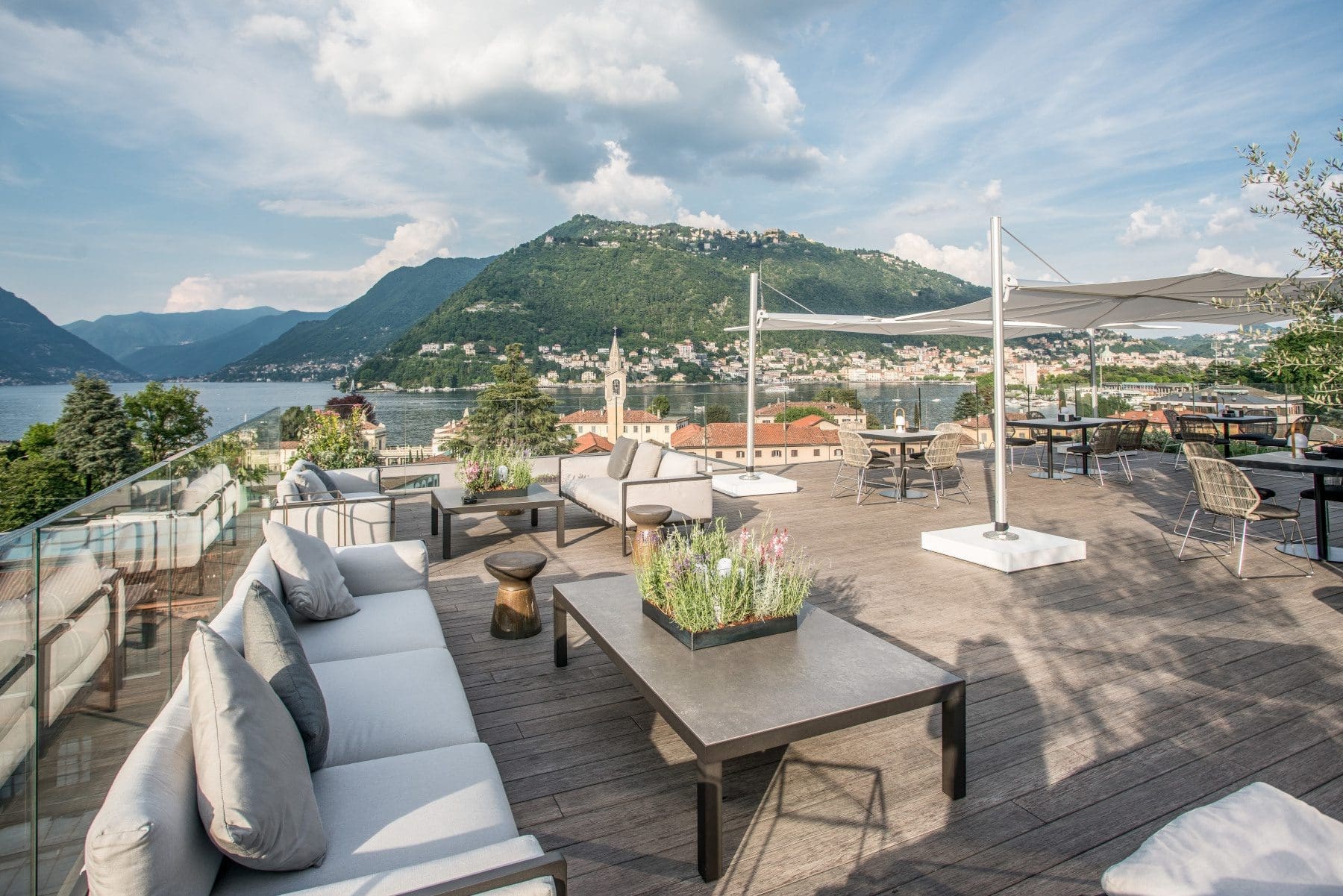
The vast, deep water of Lake Como, framed against an awesome landscape of steep, pine-covered mountains, was an excellent contrast to the busy lagoon and cityscape we had left behind. We were staying at the sister Hilton hotel, situated on the outskirts of town but commanding spectacular views of the western end of the lake and just a short walk from it.
Hilton Lake Como
The Hilton Lake Como is a welcoming establishment with a youthful feel to it – in today’s parlance a ‘new generation’ hotel catering for families, business travellers and couples. Like its counterpart in Venice, the building was once a mill, producing silk rather than flour. And like its cousin, the staff have an energy and efficiency to be admired.
Of its 170 rooms, some have views of the lake, while others come with balconies facing inwards to the courtyard. We had one of the latter, a good spot to finish the latest Donna Leon book, and settle down in a nicely furnished room in contemporary style with a very comfortable king-sized bed and attractive bathroom.
One of the delights of the Hilton Lake Como is the rooftop eternity swimming pool, which is a good size for doing lengths, especially if you can make it there early in the morning before breakfast to beat the inevitable crowds. A perfect way to set up your day. By night the adjoining terrace hosts a very lively bar and restaurant. Other engagements sadly prevented us from sampling the well-regarded Eforea Spa on the ground floor.
Talking of breakfast, just as at the Molino Stucky, the Hilton Lake Como offers a superb, extensive buffet with the communal table groaning under the weight of cereals, fruits, cheeses, hams, bread and croissants and a large selection of hot choices. It would set us up so nicely for a day’s adventure that a proper lunch was rarely necessary.
Bellagio and Varenna
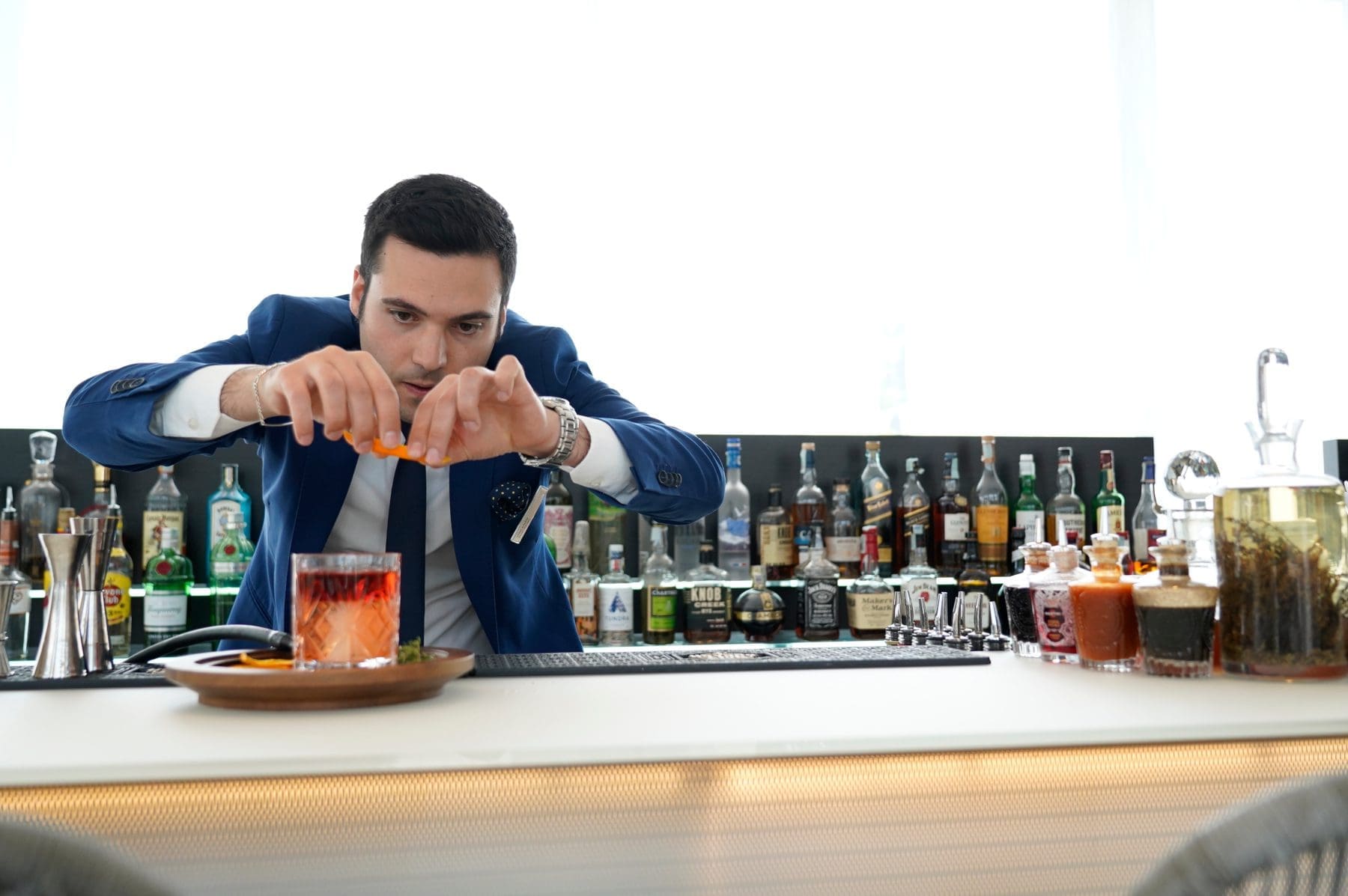
The queues for water transport looked long, so instead we elected to hire a car for the day and drive up to Bellagio, perched at the tip of the promontory which straddles the two branches of Lake Como and Lake Lecco. A left-hand drive car on an often winding cliff top road was challenging, but a pretty hillside town awaited with elegant cafés, bars and shops along its arched promenade.
Keen to get out onto the lake – and escape the crowds – we hopped on a ferry for the 15-minute crossing to Lake Como’s eastern shore and the village of Varenna, where we wandered past colourful houses and through a beautiful botanical garden before taking lunch at a café on the Riva Grande lakefront.
On our return to Como we decided to eat out, choosing Il Lughino, an all-vegan restaurant situated on a side street away from the tourist trail. This was a very different take on typical Italian food, and their speciality, lasagna, was delicious. Interestingly, the extensive wine list also came with suggested pairings for each dish.
Generously, the hotel allowed us to have a very late check-out before we caught a train to Milan and our late night flight back to Stansted. Arrivederci, Bella Italia.
Hotels in Venice
Of all the great Venice hotels you could do far worse that stay at the Hilton Molino Stucky. We had a great stay.
Lake Como Hotels
Similarly if you are looking for hotels in Lake Como, we suggest you consider sister property Hilton Lake Como.
Festivals in Venice
Venice is blessed with some great festivals you might like to visit, heading these are the Venice Biennale, Venice Carnival and Venice Film Festival.
Things to Do in Venice
To discover more things to do in Venice, visit the official tourism website and for Lake Como holidays, click here.
